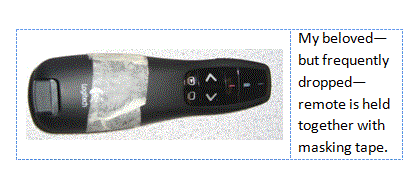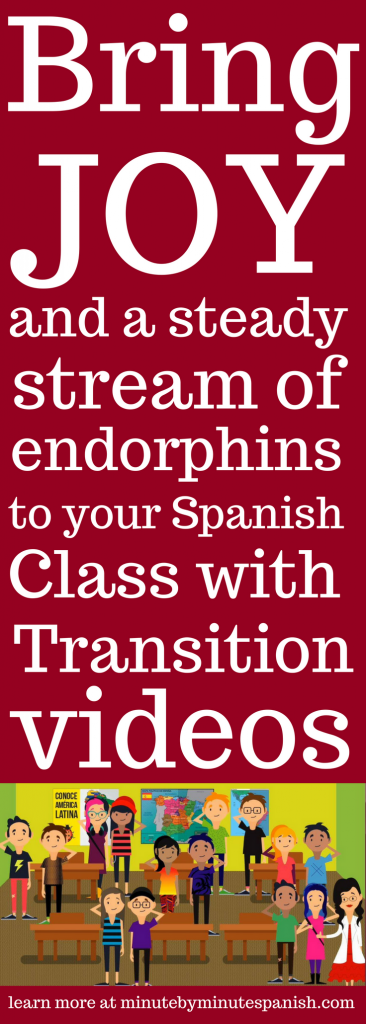
Two days before I return to year 23 of my teaching middle school, I didn’t want to take the time to answer a teacher inquiry: “What behavior management tool do you use with your middle school students? I’m trying to find a way to motivate my students to participate more and to work together.”
I am learning new names, making seating charts, reading IEPs , and making detailed seating charts of everyone’s health alert for substitutes. I am planning my presentation to parents while 700+ new students tour our building.
But the question haunted me and here is why. If you put the time into prepping your lesson, setting the expectation of working together, providing many activities in class, and appeal to their innate curiosity, they will work together and be motivated. This is not a “what” question but a “how “question “how do I prep a lesson that engages?” “How do I set the expectation of working with everyone in the class so clearly that noone dares to whine or challenge me on their partners of the week?” “How do I ” rather than “what will fix my not doing the how.”
You don’t need a Spanish One Class Management tool if you do the following:
1. From day one students have a seat partner and a random weekly partner. (Here is my explanation of random partners spoiler alert – it will help them to get along where they end up working.) At least 5 – 7 times a class period they turn to their seat partner to practice what is on the board. They are able to participate because I assign the partners and the dialogues are clearly on the board. I am able to walk around the room and circle because of #2. There is no room for not knowing what to do – it is all on the board. No time lost finding a partner – very neat and controlled. From day one it is my expectation of working together, of choral responses, of always having visual support on the board.
2. Make a daily tech guide so that your class routines and the day’s activities all set up for you to use with your remote presentation device or clicker. You can be anywhere in the classroom, like behind the ones who go off task. Stand behind them and keep on teaching. Drench them choral responses, tell them to turn and tell their partner, rarely do hands go up for individual responses if one student is answering, 29 are not answering. With a daily tech guide you can do so much more. Click here to see videos of my lessons.
3. Your transitions (the major time for things to fall apart) are seamless with slides and transition videos. The music releases endorphins and makes everyone happier. They are singing during the transitions rather than going off task. See here. If you need help funding anything check this out: https://www.tptclassfund.com

4. I do not want to be replaced by a computer language program, and most likely neither do you. Computer programs drill, excellent teachers reveal in such a way that students want to know if they are right. I reveal vocabulary, not just give a list. I tell them that X is tricky, be sure to lookout for Q and they are gleeful when they do. Many activities involve spontaneous speech where partner A see something on the board. Partner B has his or her back to the board and makes guesses while A provides feedback. Students love guessing and getting things right. I have a daily review of previous vocab and will change one little detail so it doesn’t become rote – they love not falling into the predictability trap. I frequently wonder aloud how long something will take and they pull together to exceed my prediction.
In the 80’s I interviewed with a boss who explained her teaching style like this:
“Today you are going to learn X. This is X. That is X. Copy X. Repeat X. Answer me, what is X? In summary, X is this.” I think of that when I see teachers explain something, give a worksheet, and go over the answers with no joy in the process of what students were thinking. It reminds me of that boss from over 30 years ago.
5. Once you have taught something, note the mistakes so in the next class you can generally refer to it. Otherwise any correction in class is personalized and parents are told “She hates me.”
For example, I introduce new vocabulary as a dictation, I point to vowels and they try to spell the word, then check the spelling on the other side. Students tell me ‘lo acerté’ o “no lo acerté.” I then will ask how many of you put an ‘s’ instead of a ‘c’? That is the most common mistake – relieving them of feeling bad that they didn’t get it right. Engage them with discovery.
Discovery motivates students intrinsically and is so much better than external rewards. External rewards tell students “this is so boring I have to bribe you” and eventually your first reward system will bore them and you will have to up the ante. Forget the what and do the how. You and your students will be glad you did.


